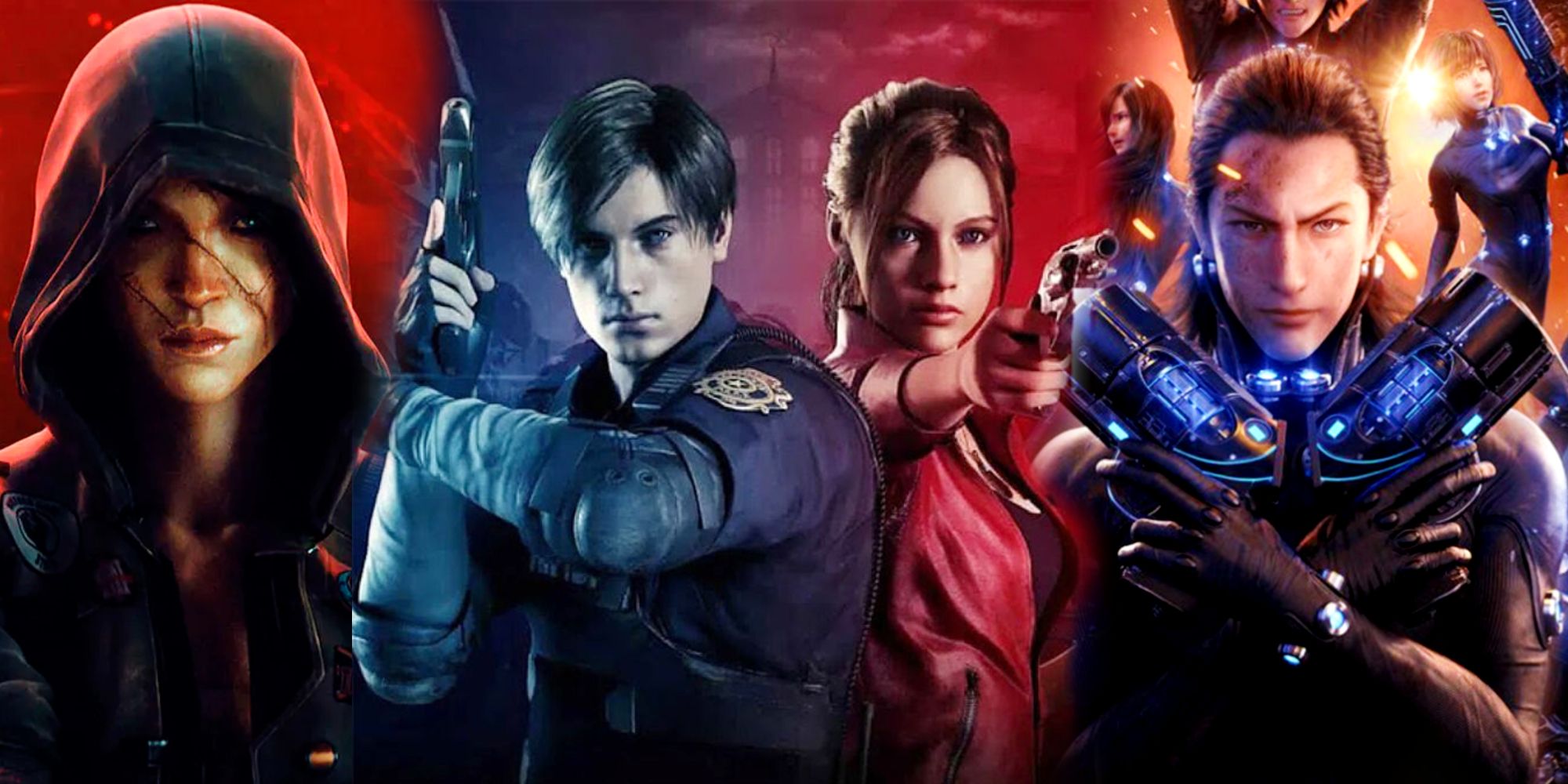Here’s why Netflix’s Resident Evil: Infinite Darkness is classified as a “CG anime” series despite being a 3D-animated title. Resident Evil: Infinite Darkness is the fourth 3D-animated non-playable release in the Resident Evil franchise. It takes place in 2006, two years after the events of the popular Resident Evil 4 video game, where fan-favorite Leon Kennedy served as the protagonist. It reunites Leon with Claire Redfield in a mission to expose a conspiracy after the White House is attacked.
Although the main draw of the Resident Evil franchise is the zombie-centered video games, Resident Evil also boasts an impressive degree of creative flexibility. Apart from zombies, creatures such as half-reptilian Hunters, monstrous Cerberus dogs, mutated insects, and Lurker frogs, populate the RE universe. The blend of genres also ranges from quiet suspense to gory horror to full-fledged blockbuster action. This has allowed Resident Evil to venture into live-action movies, comic books, manga, novels, and both fixed-camera and traditional third-person video games.
Due to the franchise’s aforementioned flexibility, plus the ever-growing advancements in animation technology, Resident Evil: Infinite Darkness is able to blur the line between non-conventional animation — often wrongly lumped together as “anime” — and live-action. Western animation encompasses 2D movies with the style of Disney classics like Pinocchio, modern-day cartoons with the style of Gravity Falls, and animated sitcoms like The Simpsons. 3D animation is often associated with Pixar films like Luca and Illimunation movies like Despicable Me.

Anime is originally described as animation that comes from Japan, but it is more clearly defined by a specific visual style and its own set of narrative tropes. While classics like Dragon Ball and Sailor Moon encapsulate this animation technique, anime also reaches the groundbreaking visuals of Gantz: O and Dragon Quest: Your Story. These two movies have the same visual style and the same type of character designs as conventional anime, but their fully 3D visuals rival the most lifelike of current-gen video games. Other similar movies like Final Fantasy: The Spirits Within come from video game franchises that are heavily inspired by the narrative and visual style of anime but employ highly detailed 3D animation. Since Resident Evil: Infinite Darkness makes a similar jump in formats, it’s simply put in the same category.
Titles like Resident Evil: Infinite Darkness and Love, Death & Robots are pushing the envelope when it comes to genre and format. What constitutes each type of animation is evolving, and soon the question will be what separates 3D animation from live-action. Surely, Capcom could have made a more traditional anime or a fully live-action series, but since Resident Evil: Infinite Darkness is made like a video game cutscene, it falls into the “CG anime” subgenre.




